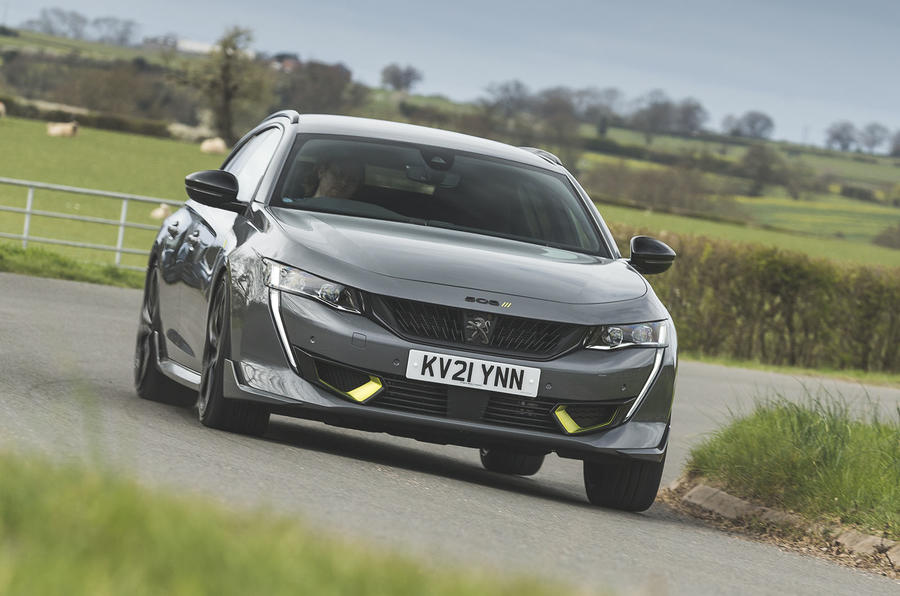What is it?
Electrification: it’s affecting manufacturers very differently, and the Peugeot 508 PSE is a great example.
If you’re Mercedes-AMG, the E-word means swapping the humdinger V8 in your most popular product for a four-cylinder hybrid, and you probably don’t like the idea too much. In fact, you probably hate it.
But if you’re Peugeot, and electrification allows you to take existing four-cylinder models and punt them up into an unexplored realm of extreme performance and fun, you might just be more game.
You might even enlist your motorsport department to help create a new sub-brand called Peugeot Sport Engineered (PSE). Et voilà : Peugeot’s answer to Volkswagen’s R, or even AMG, but with the unique approach of putting electrification front and centre, with a range exclusively made up of performance plug-in hybrids.
These cars will be based on regular models, although the significance of Peugeot Sport’s involvement is that it knows a thing or two about fast hybrids. The motorsport division’s exact level of engineering input isn’t obvious, but it is substantial, and the redeployment of personnel to work on PSE road cars was supposedly the reason behind Peugeot leaving the World Rallycross Championship in 2018.
Peugeot Sport has also been involved in the Dakar Rally and the Le Mans 24 Hours (winning it twice in the Group C era) and, as well as toiling away on powerful hybrid concepts, it’s now developing a 670bhp 2.6-litre hybrid hypercar for the World Endurance Championship. Dyno work for the V6 begins this month and track testing of the car, whose rivals will include new machines from Ferrari and Toyota, will start this winter.
All of which is to say that fast hybrids are no joke at Peugeot, not least this new 508 Peugeot Sport Engineered Hybrid4, which starts at £54,000, will go on sale in May and is the first car to wear the new PSE badge. Or indeed logo, which consists of three lines. Sorry, claws.
Rakish, isn’t it? Rapid, too. The 355bhp powertrain is an adapted version of that found in the existing Peugeot 508 Hybrid 225, only in this case the output of the transversely mounted 1.6-litre turbocharged petrol engine rises from 178bhp to 197bhp. The disc-shaped electric motor annexed to the eight-speed automatic gearbox is unchanged, contributing up to 109bhp, but unique to the PSE is another motor at the rear. This can deliver up to 111bhp and gives the car four-wheel drive, albeit without any form of coupling between the axles.
You might wonder why this car doesn’t make 417bhp, which is the figure you get when you add up the outputs of the three power sources. The limiting factor is the 11.5kWh lithium ion drive battery that sits beneath the rear seats (where it doesn’t impinge on interior space in the fastback or the estate tested here). It won’t allow the motors to draw more than 158bhp between them, although the rear motor is favoured when it comes to divvying out electrical energy.
While we’re at it, the 508 PSE’s electric-only range is 26 miles, with CO2 emissions of 46g/km culling its company car tax liability.













































Join the debate
Add your comment
What a cracking looking car! Ireally does look good. Expensive? Sure, but I don't care. I like that it exists. I wish they were making the new 308 with this powertrain
Its too expnsive, the Volvo V60 Recharge Polestar PHEV mentioned in the review is cheaper, quicker and more powerful, with a greater pure EV range..